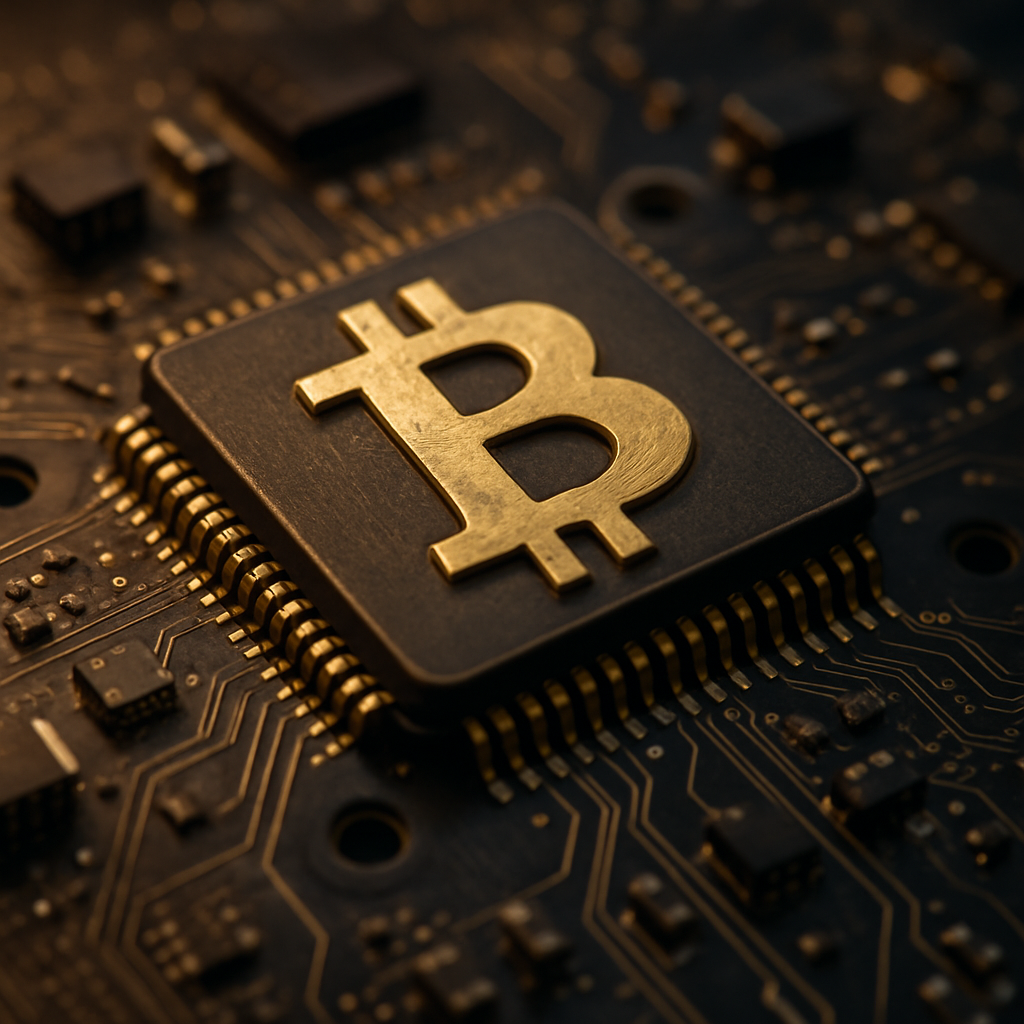Bitcoin Ordinals introduce a novel paradigm for utilizing the Bitcoin blockchain — transforming individual satoshis into carriers of distinct digital content. Debuting with the launch of the Ordinals protocol in early 2023, this method reimagines the smallest unit of Bitcoin as a container for embedded data. Through this mechanism, Bitcoin evolves into more than just a medium of exchange — it becomes a decentralized base for storing digital artifacts, art, and ownership proofs.
At the core of the protocol is the concept of sequentially numbering each satoshi based on its mining order. This numbering system enables accurate identification and monitoring of specific satoshis as they move across the blockchain. When a user performs an inscription — embedding media, metadata, or other content into a satoshi — that unit becomes a verifiable digital record that is immutable and uniquely traceable.
Unlike conventional NFTs that utilize off-chain metadata and external smart contracts, Bitcoin ordinals store their data directly on the blockchain. This design grants the inscriptions a higher level of durability, decentralization, and immunity to censorship. Once written into the blockchain, the data cannot be changed, offering the reliability and transparency inherent to Bitcoin’s infrastructure.
The general process behind Bitcoin ordinals can be summarized as follows:
- Each satoshi receives an identifier based on its creation order.
- A user selects a satoshi and embeds chosen content such as text or media.
- The satoshi, once inscribed, becomes a distinct digital object or artifact.
- This inscribed data is stored permanently within Bitcoin’s transaction ledger.
What differentiates ordinals from traditional NFTs is how and where data is stored. While NFTs often link to off-chain files via metadata, ordinals bypass external dependencies by embedding everything directly within the blockchain. This approach ensures better transparency, long-term availability, and resistance to external failure or manipulation.
The applications of ordinals are multiplying. They are now utilized for:
- Creating digital artwork and collectible collections
- Representing on-chain gaming items with verifiable ownership
- Documenting ownership records and digital authenticity
- Assigning unique blockchain identifiers to creative or intellectual assets
Each ordinal is an immutable, non-fungible entity that exists entirely within the Bitcoin network. These assets can be stored, transferred, or traded similarly to NFTs, while offering greater assurance regarding permanence and decentralization.
Even so, the emergence of ordinals marks a significant milestone. They present a fresh way to utilize Bitcoin — not only for financial settlement, but as a framework for digital creation and ownership. The innovation challenges conventional notions of what Bitcoin can represent and opens up broader possibilities for its use.
Ordinals enable binding individualized content to particular satoshis, without relying on external links or smart contracts. They provide an on-chain-native alternative to NFTs, focused on durability, transparency, and minimalism.
As adoption continues and new tools emerge, ordinals may well shape a new frontier in Bitcoin’s ongoing development — one rooted in both its technical resilience and expressive potential.



